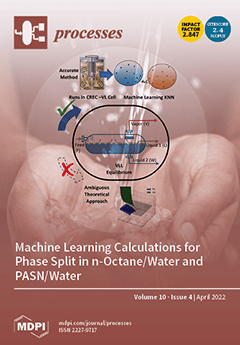The primary goal of business organization is optimally maximizing their productivity and profit whilst reducing the cost resulting from lost sales and services given to their customers, which can be achieved by exceeding the balance between the demand and supply. Analyzing real-world situations,
[...] Read more.
The primary goal of business organization is optimally maximizing their productivity and profit whilst reducing the cost resulting from lost sales and services given to their customers, which can be achieved by exceeding the balance between the demand and supply. Analyzing real-world situations, including integrated queuing-inventory systems, such as
-systems and
-systems, can help business organizations reach this goal. This research analyzes integrated queuing-inventory systems with lost sales validated under a deterministic and uniformly distributed order size scheme under continuous review. The limited integrated inventory-queuing
-1-system was chosen as subject of our interest due to its closeness to reality. Thus, this system with exponentially distributed deteriorating products and random planning time with lost sales was simulated. This research aimed to analyze customers’ sanctification by studying the addition of the deterioration parameter
to the model under consideration. The proposed model’s demand was based on Poisson, wherein service times and lead times are exponentially distributed. We also examined
and
-1-systems investigated by Shwarz et al. using the proposed method to solve the linear system of equations obtained from the steady-state system balance equations results obtained are compared to those obtained from simulating the Schwarz approach. The analyzed model was tested for different values of
Q, demand rate
, and
. The obtained results showed a strong dependency between
,
Q, and
, providing the needed information for decision-makers to reach their goals depending on the performance measure of interest.
Full article





